As cities grow and farmland becomes scarce, vertical farming is emerging as a revolutionary solution for producing fresh food in urban areas. By utilizing stacked growing systems, hydroponics, and LED lighting, vertical farms maximize space efficiency and reduce the need for soil and excessive water use.
This innovative approach allows for year-round crop production, fewer pesticides, and a smaller carbon footprint, making it a sustainable alternative to traditional agriculture. From indoor herb gardens to large-scale vertical farms, this method is transforming how we grow food in high-density environments.
Explore how vertical farming is shaping the future of urban agriculture and how you can implement these techniques at home!
Hydroponic Systems
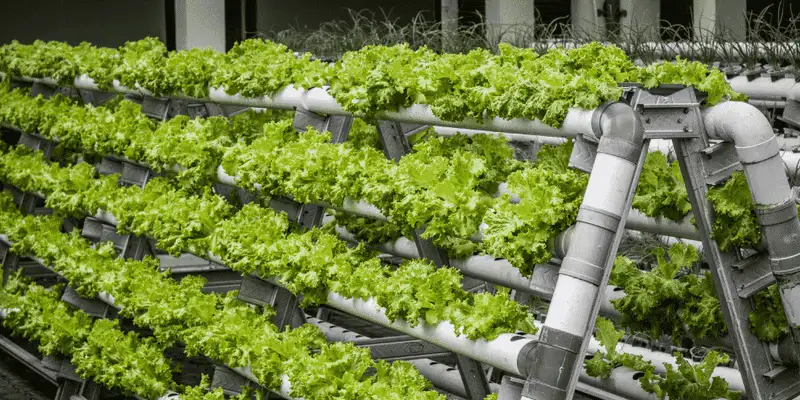
Imagine crops thriving without soil, their roots bathed in a nutrient-rich solution. Hydroponic systems epitomize modern farming—efficient, space-saving, and ideal for urban areas. With water as the carrier of essential nutrients, plants grow faster and yield more. This method minimizes water usage by recycling it, a crucial feature in water-scarce areas.
A pioneer of innovation, hydroponics allows year-round cultivation regardless of weather conditions. This adaptability ensures a consistent supply of fresh produce. It’s transforming basements and rooftops into vibrant green spaces. Urban dwellers now have the chance to grow their greens, even in confined spaces.
Aeroponic Technology

Suspended in air, plant roots receive a fine mist of nutrients in an aeroponic system. Adaptable and highly efficient, this method conserves water and space—two crucial resources in urban farming. Aeroponics enhances oxygen exposure to roots, promoting healthier plant growth and increased yields.
Research centers and startups are innovating within this space, pushing boundaries in urban agriculture. This technology’s flexibility allows it to thrive in various setups, from small-scale home gardens to large industrial farms. Its potential to revolutionize food production is immense, fostering sustainability in our bustling cities.
LED Grow Lights
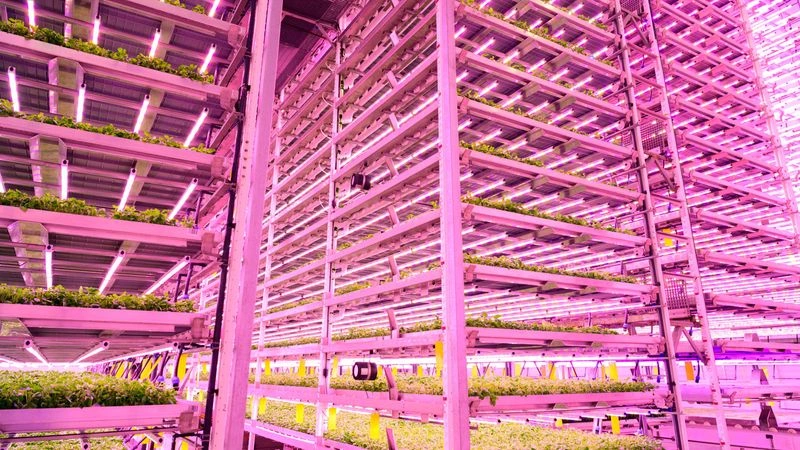
The vibrant hues of LED grow lights mimic sunlight, creating an optimal environment for plants to flourish indoors. These lights are pivotal in vertical farming, offering precise control over light spectra, intensity, and duration. This customization enhances photosynthesis, resulting in robust plant growth and higher yields.
LED technology reduces energy consumption compared to traditional lighting, aligning with sustainable practices. As cities strive for greener solutions, these lights are illuminating the path towards efficient urban farming. Their adaptability makes them suitable for different plant types, facilitating diverse crop cultivation indoors.
Smart Resource Management
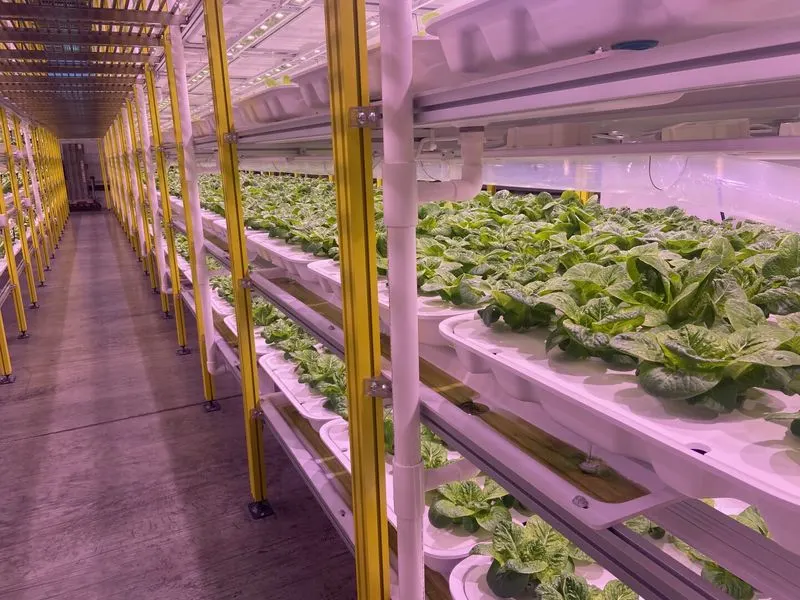
Smart resource management integrates technology with farming, optimizing water, energy, and nutrient use in vertical farms. Sensors and data analytics provide real-time insights, enabling precise adjustments for maximizing crop yields. This tech-driven approach reduces waste and enhances efficiency, aligning with eco-friendly goals.
In the heart of cities, where space is limited, this innovation ensures every drop and watt is wisely used. Urban farmers can monitor and manage their crops remotely, merging agriculture with the digital age. As technology advances, these systems are becoming more accessible, driving sustainable urban agriculture forward.
Vertical Greenhouses
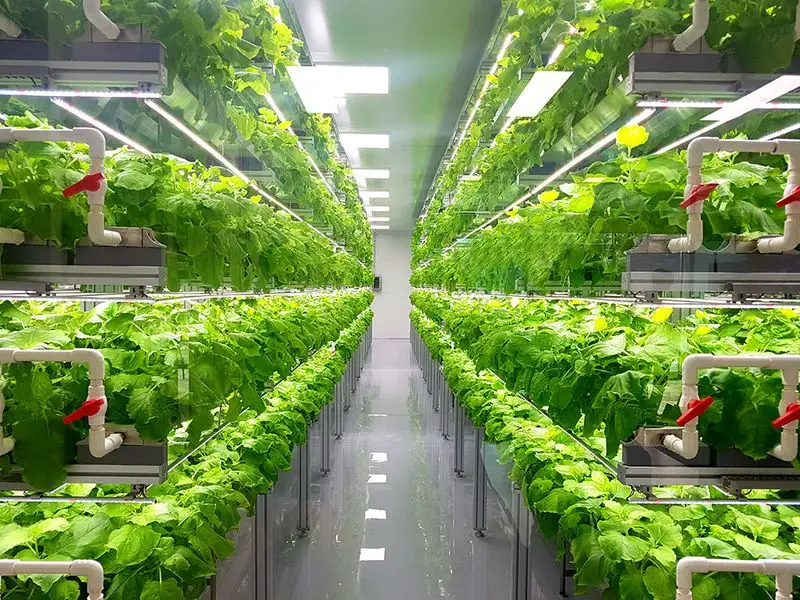
Vertical greenhouses offer a glimpse into the future of urban food production. These towering structures maximize sunlight exposure, combining traditional greenhouse benefits with vertical farming’s space efficiency. Crops grow in stacked layers, utilizing every inch of available space.
Strategically positioned in cities, they reduce transportation needs, bringing fresher produce to urban tables. Their unique design also adds green aesthetics to cityscapes, contributing to environmental wellness. As cities expand, these greenhouses represent a harmonious blend of innovation and nature, paving the way for resilient urban communities.
Community Involvement
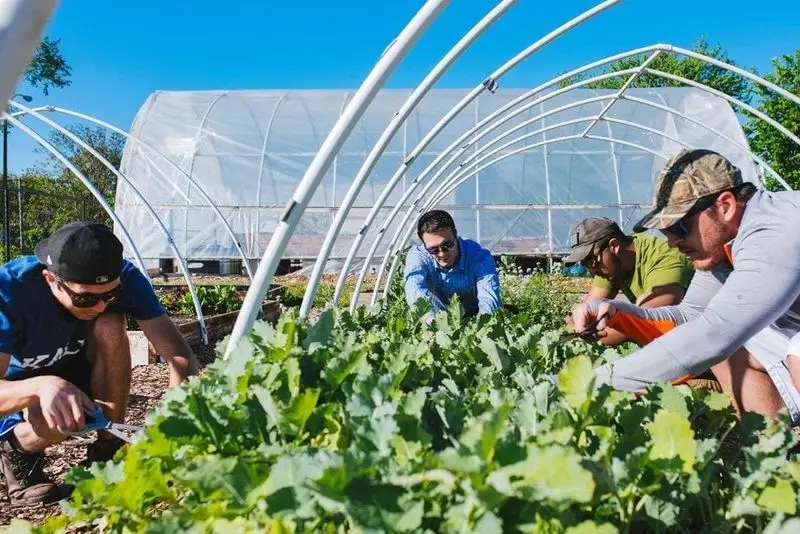
Urban farming is not just about technology; it’s a community endeavor. City dwellers from all walks of life are coming together to cultivate fresh produce, fostering a sense of community and shared purpose. Vertical farming initiatives often include educational programs, teaching residents about sustainable practices and healthy eating.
This participation transforms vacant urban spaces into productive gardens, enhancing urban resilience. It empowers residents by offering access to fresh, affordable produce. The social aspect of farming in urban settings is vital, turning strangers into neighbors and fostering inclusivity in bustling city environments.
Economic Opportunities
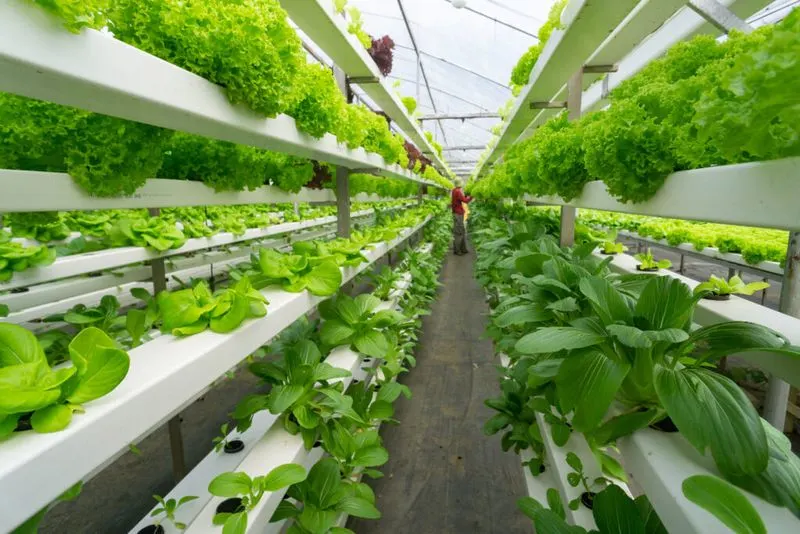
The rise of vertical farming is opening new economic avenues. Entrepreneurs and startups are exploring innovative business models, from tech development to urban farm operations. This burgeoning industry provides jobs and stimulates local economies, offering a fresh take on traditional agriculture.
Investment in vertical farming is thriving, driven by its potential for high returns and sustainable impact. Cities are becoming hubs for agricultural innovation, attracting talent and fostering an entrepreneurial spirit. As urban populations grow, vertical farming stands as a viable solution for food security, offering economic and environmental benefits.
Sky-high Aquatic Gardens
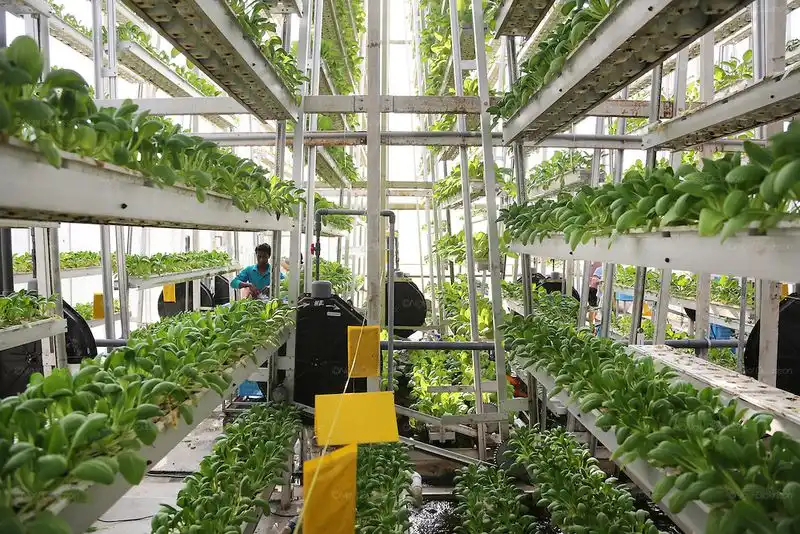
Imagine skyscrapers adorned with aquatic gardens, where every floor hosts a vibrant palette of water-loving plants. These gardens not only provide fresh produce but also purify the air and create a serene urban oasis. Picture water lilies flowering on mirrored ponds, their reflections dancing with the sunlight.
The calming sound of water trickling down creates a peaceful atmosphere, making it a haven for city dwellers seeking respite. Such gardens can host fish like tilapia, contributing to a balanced ecosystem. This innovative blend of aquaculture and horticulture invites us to rethink city landscapes.
Underground Mushroom Mazes

Journey below the city to discover a labyrinth of underground mushroom farms. These bioluminescent fungi emit soft, enchanting glows, illuminating the subterranean tunnels in hues of blue and green.
With every step, the earthy aroma of mushrooms fills the air, offering a sensory escape from the bustling world above. The maze-like design utilizes space efficiently, allowing for high-yield production of gourmet mushrooms. This unique environment fosters biodiversity and provides a constant supply of fresh, nutritious fungi, showcasing the adaptability of vertical farming.
Aero-Honeycomb Towers
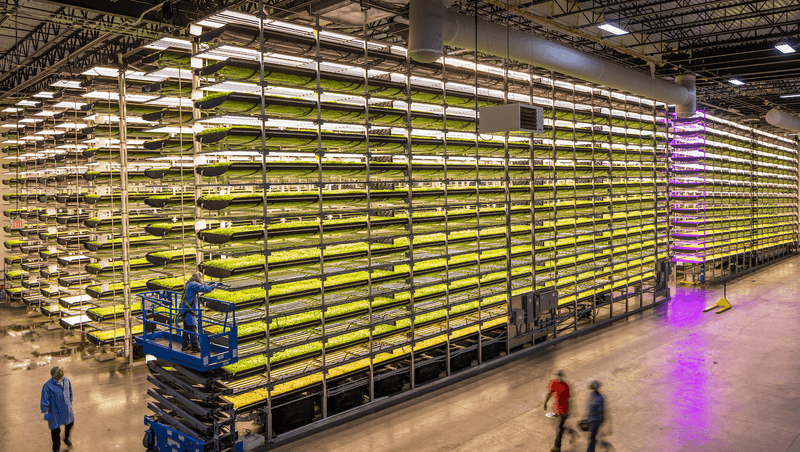
Envision towers shaped like honeycombs, each cell brimming with an assortment of plants. These structures harness sunlight through semi-transparent panels, which provide an ideal growing environment.
The hexagonal design maximizes space and enhances stability, with bees humming around, boosting pollination rates. This symbiotic relationship between flora and fauna creates a thriving ecosystem that supports urban biodiversity. As plants sway gently in the breeze, this innovative approach to vertical farming encourages sustainable urban living, all while adding a dash of architectural flair to city skylines.

